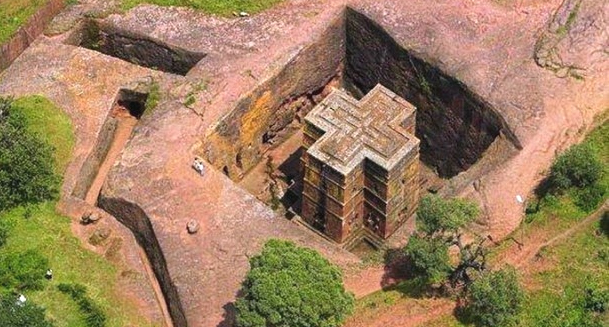Peace and Felicity Miracles – Peculiar Ethiopian Experience

By Mengisteab Teshome
Axum, Lalibela, Bahirdar, Gonder and Harar are the major places in the historical attractions circuit. The route in this circuit is very scenic and we strongly recommend driving some part. Means of transportation to historical routes is by air, by car or both ways combined and the road condition in the historical route: Largely mountainous but most part of this route is connected with recently made asphalt road and the remaining gravel roads are also all weather roads.
Seldom visited by foreign tourists over the past few decades due to its continuing political problems, Ethiopia is most well known as being the possible cradle of humankind. Fossil remains (the famous Lucy) discovered in northeastern Ethiopia have been dated to roughly 3.5 million years, making them the earliest known example of an upright walking hominid. The oldest known stone tools, dating to 2.4 million years, were also found in this same region. But Ethiopia has numerous other claims to fame, including the mysterious granite obelisks of Axum, the extraordinary rock-hewn churches of Lalibela and – most enigmatic of all – the church of St. Mary of Zion, probable location of the Holy Arc of the Covenant.
The early history of Ethiopia (also called Abyssinia) begins with the glorious but little known kingdom of Axum. The origins of the Axumite state are now dated to the middle of the 2nd century BC. At the height of its power, between the 4th and 7th centuries AD, the Axumite kingdom controlled most of present-day Ethiopia, including territories in the southern parts of the Arabian Peninsula. The Axumite rulers were in regular diplomatic and commercial contact with Egyptian, Greek, Byzantine and Persian empires. The achievements of this grand culture are recorded today in the ruins of its cities, reservoirs, temples and most remarkably its towering black granite obelisks.
Read more at: Ethiopian Herald



